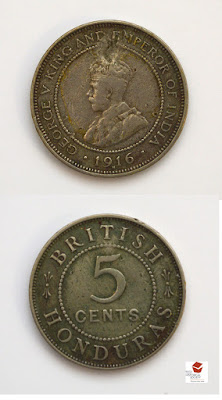 |
| Victoria's Riflebird (Ptiloris victoriae) |
The males are black with
iridescent feathers on head and neck.
When they open their beaks, you can see the brilliant yellow color of
their mouths. They have an unusual
courtship dance which involves raising their wings and pulling them forward
until they nearly circle the head and then tilting their bodies from side to
side. You can see a video of this dance
from Cornell's Ornithology lab at https://www.youtube.com/watch?v=qKc2amcxczs
You might wonder why Oregon's Benton County Museum has specimens of these Australian birds.
To answer that question takes a knowledge of the history of the Horner
Museum collection which the Benton County Museum took over in 2008. It began in
the early 1920s when Professor John Horner was asked to create a college museum
by bringing together a number of collections held by various academic
departments at what is now Oregon State University. Some of the bird specimens come from the
Zoology department where William T. Shaw, professor and amateur taxidermist,
created a collection for use by students.
His large collection, which contained primarily specimens of Oregon
birds, won a gold medal at the 1905 Lewis and Clark Exposition.
 |
| William Thomas Shaw reading his book on birds. |
Professor Horner also sought
donations of Native American and pioneer artifacts as well as natural history
specimens from people he knew around the state.
One of those people was Dr. J. Lindsey Hill, a collector who maintained
a small museum in nearby Albany.
Professor Horner often took his history students there to view the
pioneer objects. After Dr. Hill died,
his heirs donated much of the collection to the new museum in 1924. The Hill collection contained over 1,000
items and provided a solid core for OSU's museum. The kookaburra and riflebird
are from the Hill collection.
 |
| Portrait of Dr. J. Lindsey Hill by William Maurice Ball |





